Sustainable Seafood Shopping
When it comes to seafood, there is a lot of talk about sustainability. But what exactly does it mean? Is it that the fish are raised in a humane manner or processed using energy-saving and waste-reducing practices? Is it food safety? Or maybe it refers to the ethical treatment of workers in plants or the environmentally conscience methods the farmers use when growing fish food? The truth is it could mean all—or none—of these, despite being marketed as “sustainable.”
So how does a seafood shopper looking to do the right thing decide which seafood to buy? The best answer is to look for independent, highly respected third-party seafood certifications, such as Best Aquaculture Practices (BAP) and/or Aquaculture Stewardship Council (ASC).
WHY CERTIFICATION MATTERS
Aquaculture, or fish farming, is the best way to assure a continued source of seafood, a necessary protein in most of the world, a need that is expected to increase by 52% by the year 2050. Seafood is also low in fat and bad cholesterol and high in good cholesterol and other nutrients, which adds to its growing popularity. Today, 50% of the seafood consumed worldwide is farm-raised; this number is expected to increase to 62% by 2030.
There are many benefits to aquaculture besides increased supply, including preventing overfishing in natural habitats, faster aquatic growth, and increased jobs. However, as with many industries, without careful oversight, there is also room for abuse stemming from poor site management, such as water pollution, disruption of local ecosystems, antibiotic and chemical overuse, and poor working conditions for laborers.
PRACTICING BEST PRACTICES – BEST AQUACULTURE PRACTICES [BAP]
A Global Aquaculture Alliance-sponsored program, BAP is one of the most widely known and trusted seafood certifications. It verifies that seafood suppliers are following best practices to deliver farmed seafood that was responsibly raised without harm to the environment.
The seafood-specific certification covers the entire production chain, from the farm and feed mill through the hatchery and processing plant, addressing the four key areas of sustainability—animal health and welfare, environment, food safety, and social responsibility.
Meeting BAP certification’s rigorous standards requires passing a third-party audit and providing three months or more of records tracing the steps of each process. In 2018, there were 2,287 BAP-certified aquaculture facilities, a 29% increase compared with the previous year and representing 1.5 million tons of product annually.
STEWARDS OF SUSTAINABILITY - AQUACULTURE STEWARDSHIP COUNCIL [ASC]
An independent, international organization, ASC oversees one of the leading certifications and labelling programs for responsible aquaculture. The nonprofit works with aquaculture producers, seafood processors, retailers, foodservice companies, conservation groups, consumers, and even scientists. The ASC program’s goal is to recognize and reward responsible aquaculture practices that limit any negative impact on the environment or community while promoting a healthy workforce by providing fair, safe working conditions; no child labor; and contracts that follow the International Labor Organization laws.
To maintain its independent position, ASC sets the standard, then hires an independent certifier to carry out the actual farm assessments. Sites also may be chain of custody (CoC) certified, which is required at each step in the supply chain for any product carrying the ASC logo. The ASC logo assures that seafood can be traced throughout the supply chain to a certified source and has been separated from fish without certification during processing. Currently, 1,297 farms, 2,423 suppliers, and 27,664 products are ASC-certified.
LOOK FOR THE LOGOS
When buyers look for the BAP and/or ASC logo, they can be confident they are making a good, safe, environmentally and socially preferable seafood choice. They should also feel good about their purchase, knowing that by refusing to buy uncertified product, they are helping keep the seafood industry safe and sustainable for years to come.

